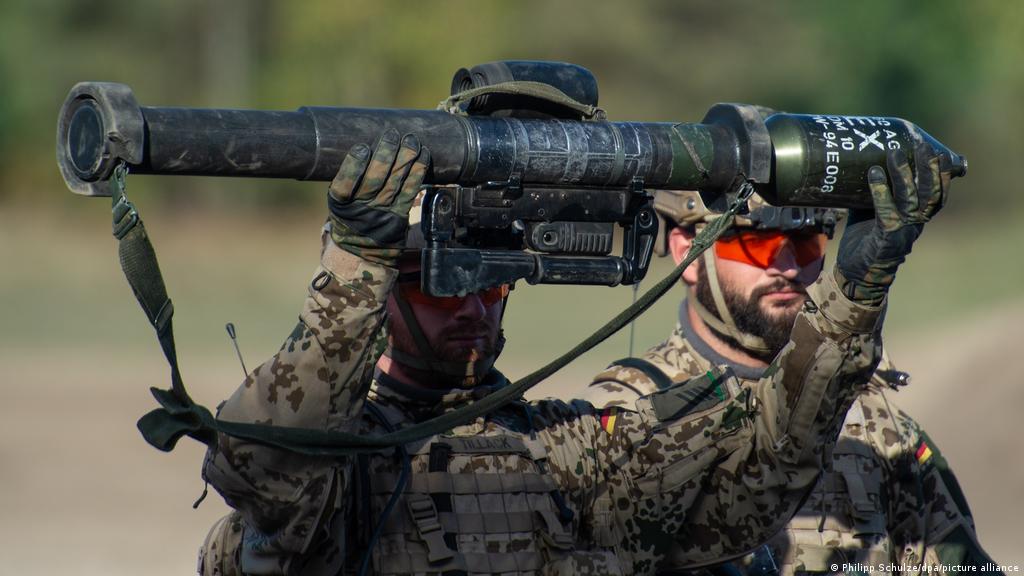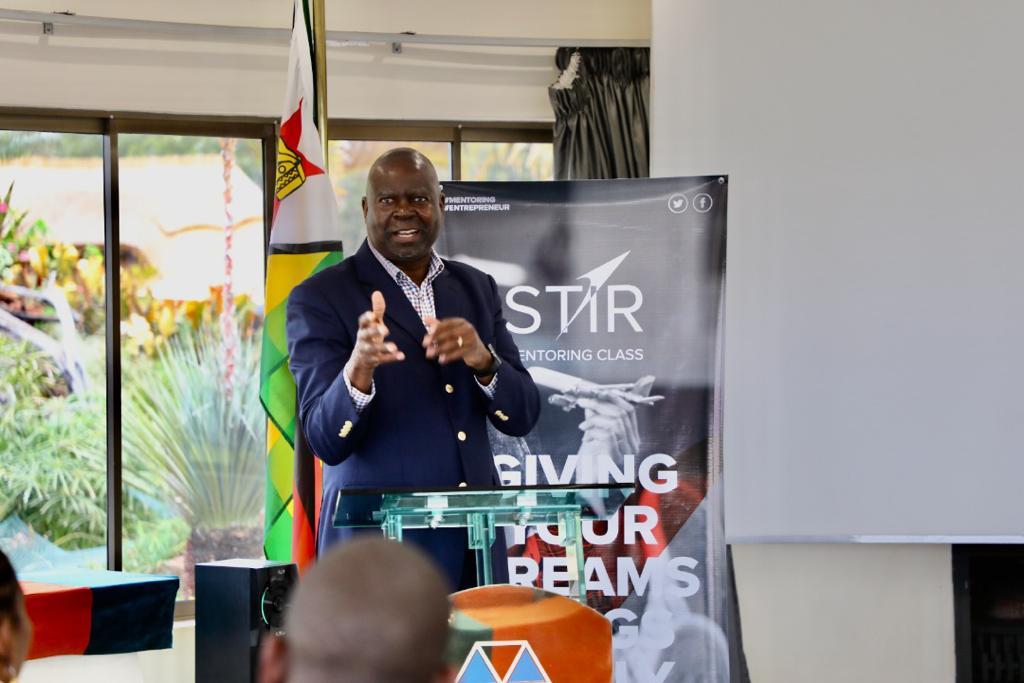
ESP has been one of the key programmes in the scale up of the response to HIV and Aids in Zimbabwe, complementing efforts by the Global Fund and the United States government.
Having started in 2007 and with funding of up to US$80 million to date, the programme covered districts that were considered to be most vulnerable to the pandemic.
Its major objective was to reduce the transmission and impact of HIV and Aids in Zimbabwe.
Patricia Darikwa, the ESP coordinator said they were currently working on a transition strategy that would indicate what will happen to the different programmes that were being covered under the initiative.
She said the programme had been a major success, especially during the time when Zimbabwe’s health delivery system was on the brink of collapse.“The ESP helped retain the health workforce from about 30% of establishment in 2008 to about 70% in 2010 through its US$4,5 million support for the retention scheme for health workers,” Darikwa said.
“The capacity of health workers to manage HIV and Aids related illnesses has improved in the 16 target districts and the ESP has contributed to the decline in HIV prevalence in the country to 13,6%, according to 2009 estimates.”
At least 80 000 people have also been put on anti-retroviral therapy (ART) nationally.
Darikwa said the programme had also helped avert new HIV infections through improved health seeking behaviour in communities.
- Chamisa under fire over US$120K donation
- Mavhunga puts DeMbare into Chibuku quarterfinals
- Pension funds bet on Cabora Bassa oilfields
- Councils defy govt fire tender directive
Keep Reading
“It has created an enabling environment where HIV and Aids issues can be discussed openly,” she said.
“It also helped reverse some cultural barriers related to sex and reproductive health activities affecting communities, families and individuals.”
The ESP was supposed to run for three years but it was extended by another two years.
It is funded by the United Kingdom’s Department for International Development, Irish Aid, Norway, the Swedish International Development Agency and the Canadian Development Agency.











